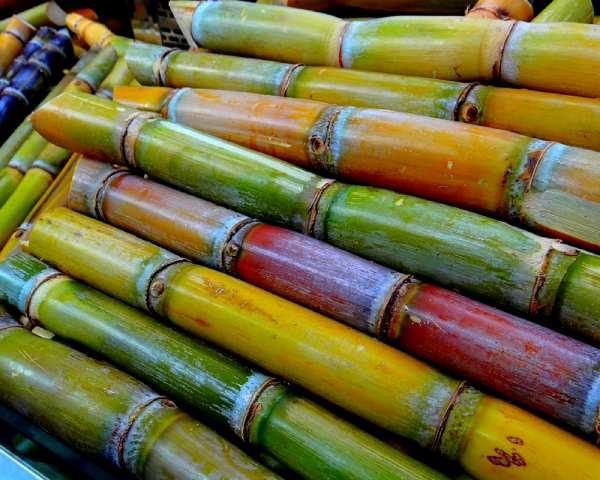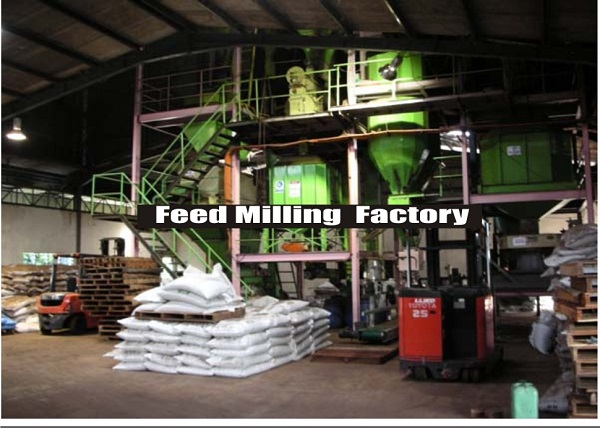SHIPPERS GUIDE
Sugarcane Production And Export From Nigeria
When you consider the fact that Nigeria is the second largest consumer of sugar in Africa, then you’d know that the market for sugarcane farming can be very lucrative.
Currently, Nigeria has the largest sugar refining plant in Africa yet most of the raw materials needed to produce sugar are imported from Brazil. This comes at a cost to the country of over $500 million every year.
It is important to note that the agricultural land in the country is more than enough to cultivate the sugar cane we need for sugar production. The available land has the potential of processing approximately 5 million metric tonnes of sugarcane which gives about 3 million metric tonnes of sugar.
Why producing the sugar we need locally?
The potential associated with sugar cane farming is really massive, yet only a few are taking advantage of it. One reason for this is the possibility that a lot of potential investors are not equipped with the adequate knowledge to help them in the process of starting a sugarcane plantation
It is interesting to note that the Nigerian government has provided incentive to those in the sugar industry by offering a 5 year tax free holiday to investors. This further buttresses the fact that there’s really nothing that is stopping the country from having more sugarcane farmers.
Also, the benefits of sugarcane apart from sugar production are quite numerous. For instance, the fiber remaining after the extraction of the sugar cane juice is very useful in the biofuel, paper and building industry. The biofuel industry can use this raw material as a mean for generating electricity. Additionally, sugarcane can be used to make rum and local drinks
Really, you have nothing to lose if you seize the opportunity to invest in sugarcane farming and this is why we’ve decided to help you in the process by providing a step by step guide.
But first, there are some interesting things about sugarcane that you should know
Sugarcane farming is very popular all over the world
Harvesting can be done as many as 10 times before replanting
The ethanol produced from sugarcane quite energy efficient and eco-friendly.
So we begin with the soil requirements for sugarcane farming.
Sugar cane is not limited to a particular type of soil. It can do well in a variety of soil types. However, it grows best in deep well-drained soil with a pH between 5.0 and 8.0. The soil should also be rich in organic matter. The ideal rainfall in the region used for sugarcane farming is between 1500 to 2500mm. Overall, sugarcane is best suited for subtropical and tropical regions of high temperature of 26 to 33C. These include the Middle Belt and Northern states like Kwara, Niger, Kano, Kaduna, Jigawa, Taraba, Katsina and Sokoto. However, these states may sometimes lack sufficient rainfall, hence the need for artificial irrigation.
How Do We Plant Sugar Cane?
The method of planting sugarcane is by vegetative cuttings of either the stem or some sections of the stalk. These are called setts. On the other hand, you can also plant settlings which are sections of the cane with the roots or shoots. The sugarcane setts or settlings should be planted horizontally into furrows or trenches of about 4 inch deep.
After planting, it is important you take care of your crop. One of the reasons for this is that just like many other plants, sugarcane is susceptible to pest and diseases during its growth process and these attacks can affect the economic quality and yield of the plant. Some of the popular causes are water logging and nitrogen build-up in the soil. Water logging affects the canes causing them to dry faster than normal and this can affect the yield. If you can’t avoid waterlogging, you can still improve your yield by harvesting early before the cane start drying.
The insects that are known to attack sugar cane plantation include the early shoot borer, internode borer and pyrilla. There are some common disease infestations too. The most destructive of them are the red rot and the ratoon stunting disease. Generally, treatment in the case of a pest or disease infestation involves the use of the appropriate fungicide and pesticide.
As long as you take good care of your plantation, you’re sure to get a great yield of satisfactory economic benefits.
But How Do You Harvest Sugarcane?
You can harvest sugarcane up to 2 times in one year. The process of harvesting can be manual or mechanical depending on your capacity. The manual method involved setting the field on fire to burn dry leaves and to destroy snakes hiding in the plantation. This doesn’t affect the water rich stalks and roots. At this point, you can cut the cane at a little above ground level with a cane knife or machete. However, it is very important that the process of harvesting is carried out by skilled workers. Else, it could lead to the loss of the cane affecting the sugar yield and quality. However, in the case of large scale farming or a big plantation, the use of mechanized harvesters is the ideal requirement.
Wrapping Up
Starting a sugarcane plantation has many numerous benefits. First, you already have an easily accessible and available market in the country. This means you don’t have to grow through the stress of applying for an export license before you can plant sugarcane. 90% of the sugar used in Nigeria is refined by indigenous refineries. The most prominent one is the Dangote Sugar Refineries. Also, you can choose to increase your market base by exporting your product to other countries of the world.
Whatever the case, having a sugarcane plantation is very beneficial. In fact the consumption rate is expected to increase with each passing year and the best thing you can do for yourself is to make use of your resources and invest in this lucrative venture.






